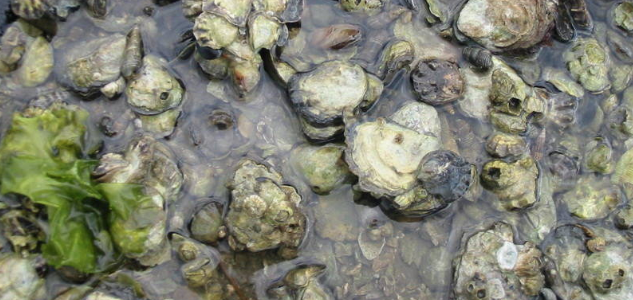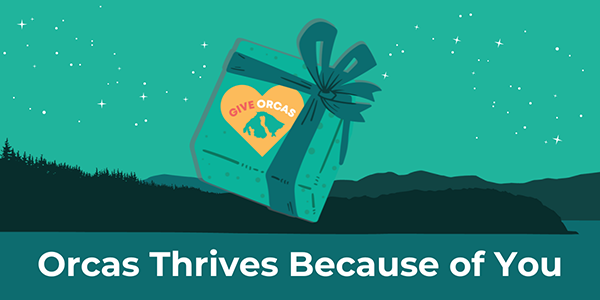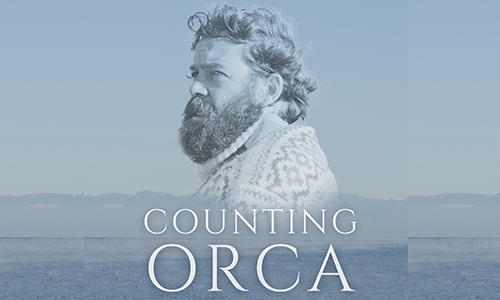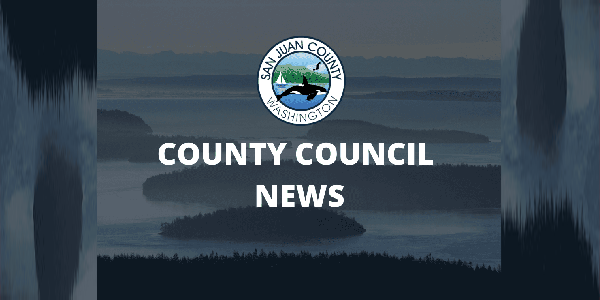||| FROM STATE DEPARTMENT OF HEALTH |||
OLYMPIA – The Washington State Department of Health (DOH) has completed the annual water quality evaluation of the state’s commercial shellfish growing areas. Unfortunately, high fecal bacteria levels will lead to harvest restrictions in four of Washington’s 115 shellfish growing areas. An additional 19 areas currently meet water quality standards but are threatened with classification downgrades. State health officials are working with county partners, shellfish growers, and tribal governments to implement the required classification changes and to find and fix pollution problems.
Portions of the Annas Bay, (Mason County), Vaughn Bay (Pierce County), Port Susan (Snohomish County), and Henderson Inlet (Thurston County) do not meet public health standards and shellfish harvesting will be restricted. The restrictions will be in place by August 2022.
Shellfish harvest areas currently meeting water quality standards, but threatened with restrictions due to bacterial pollution, include:
- Clallam County: Dungeness Bay, Makah Bay
- Jefferson County: Quilcene Bay
- Kitsap County: Miller Bay
- Mason County: Annas Bay, Hood Canal 5, Hood Canal 6, North Bay, Oakland Bay, Pickering Passage
- Pacific County: Bay Center
- Pierce County: Filucy Bay, Vaughn Bay, Wollochet Bay
- Snohomish County: Port Susan, Skagit Bay South
- Thurston County: Henderson Inlet
- Whatcom County: Drayton Harbor, Portage Bay
Building on state, local, and tribal governments’ pollution prevention programs, DOH has invested about $38 million from the Environmental Protection Agency’s National Estuary Program since 2011. The grants support pollution identification and correction projects, local onsite septic system management programs, research, shellfish protection districts, and more.
“Our state’s collaborative approach toward water quality improvement has led to the successful reopening of many shellfish harvesting areas,” said Scott Berbells, manager of the Shellfish Growing Area Section. “Clean water is the result of everyone doing their part.”
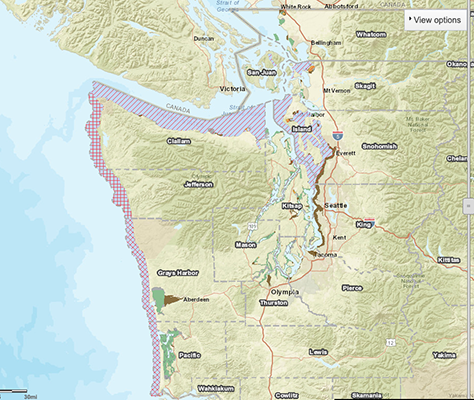
People can help by maintaining their septic systems, picking up pet waste, using pump out stations for boats and recreational vehicles, and managing animal waste from large and small farms.
DOH is responsible for the safety of commercially harvested shellfish in the state and uses national standards to classify all 115 commercial harvest areas. Recreational harvesters can get up-to-date harvest information on the Shellfish Safety Map.
The DOH website is your source for a healthy dose of information.
**If you are reading theOrcasonian for free, thank your fellow islanders. If you would like to support theOrcasonian CLICK HERE to set your modestly-priced, voluntary subscription. Otherwise, no worries; we’re happy to share with you.**

